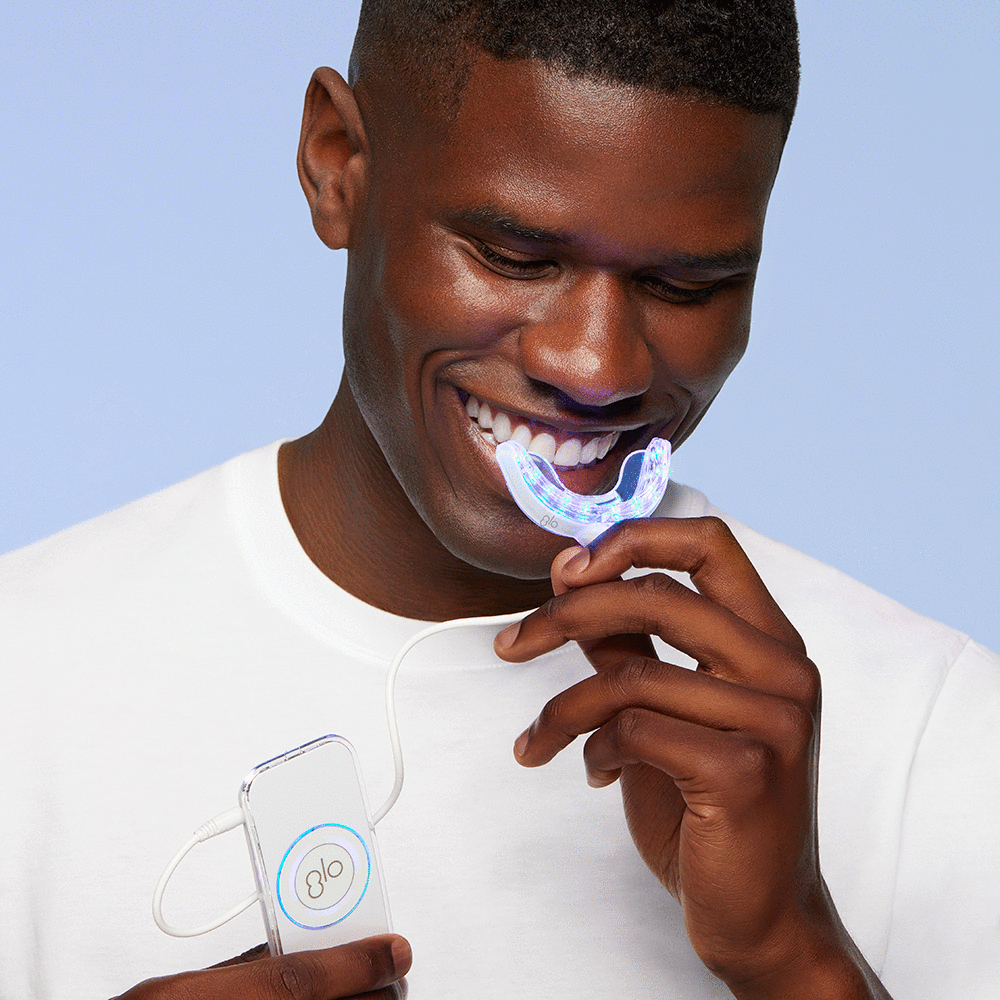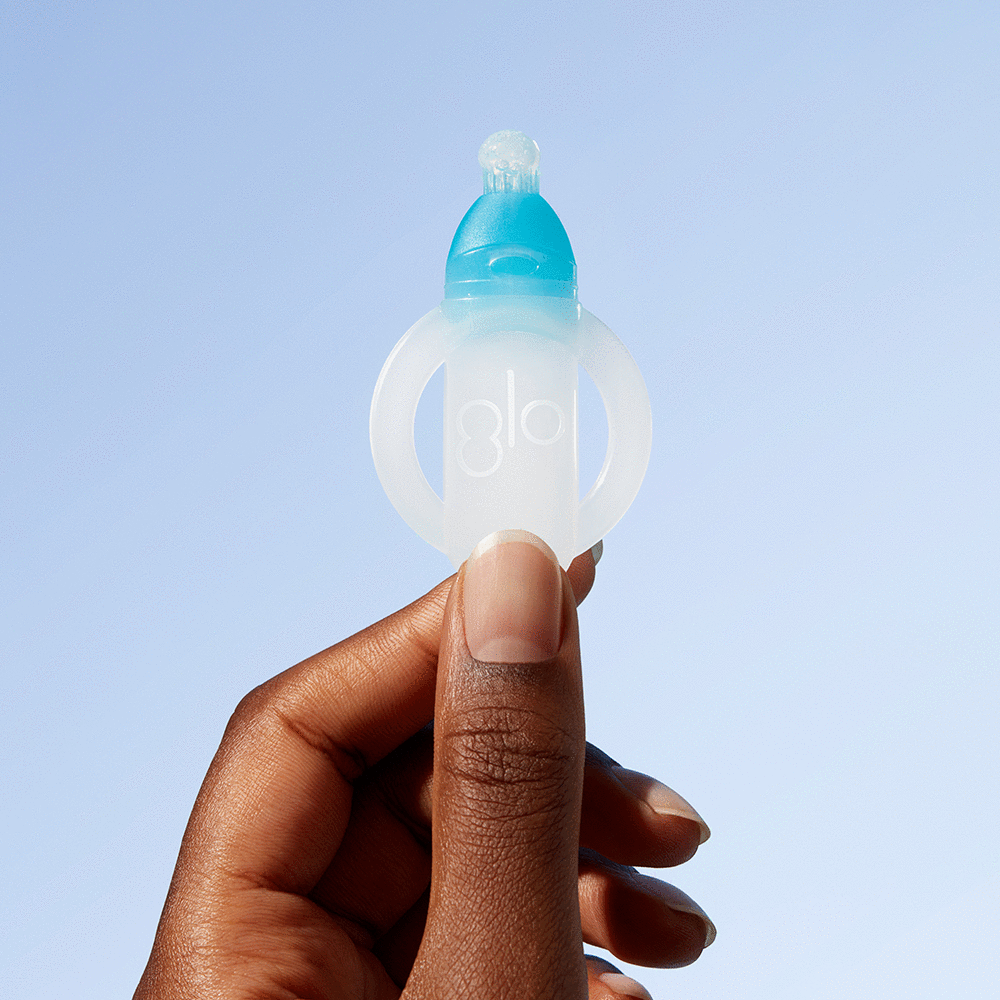How Long To Leave Teeth Whitening Gel On?
You’re the master multitasker - so it’s no wonder why you spend your self-care Sundays with a face mask on, self-tanner applied, toenails painted, and of course, your whitening gel expertly brushed on to brighten while you relax. But what happens if you get caught up in your favorite book and lose track of time? While it’s not ideal to leave your whitening gel on for too long, it indeed happens to the best of us. Here’s what to know.
Whitening gels are not all made equal. Therefore, it’s essential to consider the ingredients in your whitening gel, especially the active bleaching agent that oxidizes on teeth and breaks up discolored molecules on the enamel, as well as the intended duration of application.
Teeth Whitening Gel Ingredients
The consequences of leaving whitening gel on for too long will depend mainly upon the chemical constitution of the gel. Each whitening gel has a different active whitening ingredient, and some are safer than others. Let’s explore common ingredients in whitening gel and the consequences of each that could be exaggerated by prolonged exposure.
-Carbamide Peroxide: is commonly used for at-home bleaching using a tray-based technique and dissociates into hydrogen peroxide and urea, which further breaks down into water and ammonia. Ammonia dries out the gums and may cause sensitivity. While Carbamide peroxide itself can break down stains on the enamel, the byproducts of this ingredient can cause irritation and sensitivity on root surfaces. When left for too long on the teeth, these side effects can be increased.
-Phthalimidoperoxycaproic Acid: This hard-to-pronounce ingredient, also abbreviated as PAP, is a synthetic organic peroxy acid often utilized as a bleaching activator. This oxidizing agent breaks down discolored molecules in the enamel to help whiten teeth. While its effectiveness has not been proven to whiten teeth, there is evidence that PAP may damage teeth. PAP may cause etching on the teeth, in addition to sensitivity and pain. Since it has not been widely tested, it is not considered safe to use. In addition, sensitivity and damage caused by PAP exposure could be exacerbated when left on for too long.
-Sodium Chlorite: Sodium chlorite is a relatively common ingredient in over-the-counter whitening products. However, it is not necessarily safe for enamel. Studies have found that sodium chlorite, when exposed to acid, may reduce the hardness of teeth and increase the risk of enamel damage in the future. Essentially, this whitening method breaks down the strength of teeth, leaving them more vulnerable to wear and damage. In addition, when left on for too long, sodium chlorite could weaken enamel tremendously and make teeth vulnerable to future damage.
-Sodium Fluoride: As an active ingredient, sodium fluoride helps strengthen enamel and make teeth more resistant to wear and decay. It is often found in low concentrations in most toothpaste, oral rinses, and even in drinking water. While sodium fluoride is largely harmless, overexposure to fluoride can cause fluorosis, which may result in white flecks on teeth.
Sodium Hydroxide: This safe-to-use teeth whitening ingredient found in some teeth whitening products helps increase the pH levels in the mouth, which reduces bacteria and prevents decay. However, it doesn’t necessarily boost the shade of your enamel, so be aware when trying to achieve a brighter smile that this may not be the best option.
-Hydrogen Peroxide: Hydrogen peroxide, often hailed as the gold standard in teeth whitening, is the safest and most effective active ingredient in dental whitening. This natural compound breaks down cleanly into oxygen and water, making it safe to swallow. It whitens through an oxidizing reaction on the enamel, breaking up discolored teeth molecules. While hydrogen peroxide is safe-to-use, it may cause sensitivity or some white spots on gums when applied in too high of a concentration or left on teeth for too long. To reduce the risk of side effects, consider using a professionally-formulated hydrogen peroxide whitening gel to whiten.
Hydrogen Peroxide Gel
Hydrogen peroxide is the most effective and safe way to whiten teeth. Hydrogen peroxide is a natural compound that oxidizes on enamel to break down discoloration. In addition to being highly effective at whitening teeth, hydrogen peroxide is also safe as it breaks down into simple substances oxygen and water. It’s important to use the right concentration of hydrogen peroxide when whitening, so look for dentist-formulated hydrogen peroxide gels with the appropriate concentration to whiten at home.
What To Do After Leaving Teeth Whitening Gel On For Too Long
If you’ve left your teeth whitening gel on for too long and are worried that it might have caused damage to your teeth, try not to fret. You may notice some slight sensitivity of the teeth, white spots on the gum or white flecks on teeth, or numbness on the gumline. This will usually dissipate after a few days on its own, but monitor your symptoms closely and be sure to call your dentist if symptoms worsen or don’t go away. While your mouth heals, discontinue the use of whitening gels and devices and avoid hot and cold beverages and foods if they irritate your mouth.
Conclusion
While you certainly don’t have to give up your teeth whitening routine any time soon, you should always aim to apply your whitening agent only for the time instructed. This will ensure that you get optimal results without sensitivity, pain, or discoloration.
Can You Leave Teeth Whitening Gel Overnight?
In addition to only whitening for the time allotted, you may want to double-check what’s in your current whitening products. As stated previously, not all whitening gels are created equal. Some whitening ingredients like carbamide peroxide, phthalimidoperoxycaproic acid, and sodium chlorite have not been shown to effectively whiten teeth and present serious risk factors that may be exaggerated when left on for too long. Safer ingredients include sodium fluoride and hydroxide, which don’t carry the same risks of harming enamel. The best ingredient to whiten teeth and reduce the risk of damaging teeth is hydrogen peroxide, which is clinically proven to be the most effective whitening treatment and is safe to use. For expertly-formulated, sensitivity-free hydrogen gel whitening, explore the GLO Science range of whitening gels, devices, and on-the-go whitening solutions to incorporate into your self-care routine.




